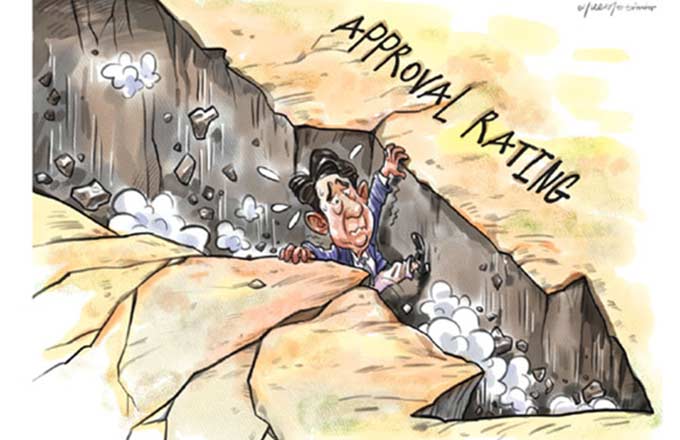Time to change the minimum wage system in line with current realities
AS OF SATURDAY, 11 provincial regions, about one-third of the total, had raised their minimum wage this year. But the average growth rate of about 5 percent is a record low in recent years. Gmw.cn comments:
After the adjustments, the highest minimum monthly wage is 2,300 yuan ($340) in Shanghai, and the lowest is 1,000 yuan in South China's Guangxi Zhuang autonomous region.
In fact, the average growth in the minimum wage nationwide has dropped markedly since the 22 percent in 2011.
The lower minimum wage hike is understandable, given the overall economic situation.
Take Guangdong province for example. Although Guangdong's GDP was $1.17 trillion last year, similar to that of Mexico, which is ranked the 15th-largest economy in the world, the province faces a great challenge transforming and upgrading its labor-intensive industry.
That the Guangdong provincial government recently announced it will raise the minimum wage once every three years from this year, instead of once every two years, reflects the challenges the largest provincial economy in China faces adjusting its economic model.
China implemented a minimum wage system on March 1, 2004, in which the lowest wage benchmark is raised at least once every two years.
Guangdong is obviously violating the minimum wage rules by proposing to increase the minimum wage in the province every three years instead of every two. But this shows it is time to amend the rules, which have remained unchanged for nearly 15 years, so they reflect the global economic realities.
A similar decline in the wage growth trend can be observed in the United Kingdom and the United States.
The minimum wage standards should be settled according to local consumer price index changes, economic growth momentum and the financial resources of the local government.



















